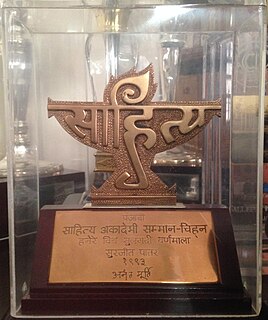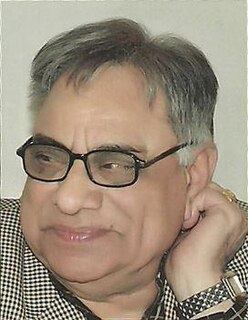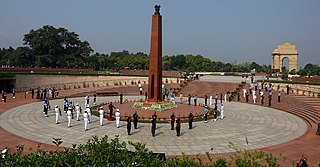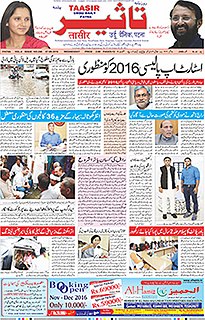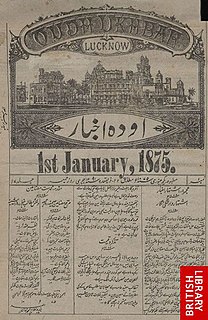'Soldiering On...' is a compilation of history of the nation through the eyes of Sainik Samachar. It was well received and is accepted as a collectors piece.
Milestones
1909 : Begins publication as a 16-page weekly as Fauji Akhbar from Allahabad (office located at Simla) with a limited circulation in Urdu and two-page Roman Urdu among JCOs, NCOs and Jawans of the Indian Army. Printed in bold type with outer inter-spacing to facilitate reading in the light of the kerosene lamp by the troops in far-flung areas. Priced at an anna a copy, annual subscription being Rs 4 only.
Hindi edition starts from Simla.
Punjabi edition starts from Simla.
1911 : Fauji Akhbar starts publication from Lahore, resulting in a substantial reduction in the cost of production. A single copy was priced at 3 pice and the rate of annual subscription was brought down to Rs 2.4 (Rs 2.25 paise) and a concessional rate of Rs 2 was fixed for the units. The Urdu edition changes from type composition to lithography. Last two pages are reserved for lessons in Roman Urdu.
1914 : Fauji Akhbar leaps into limelight by publishing news about the First World War. The number of pages is increased.
A daily supplement, carrying First World War news, gets started which continued till the termination of hostilities.
1923 : The English edition makes its debut by merely rendering into English what appeared in other language editions. The printing of all the editions is taken over by the Army Press, Simla from the Mufid-i-Am Press, Lahore .
'News in Pictures' on the second cover becomes a regular feature.
The first cover of Fauji Akhbar begins featuring names of important countries, where Indian troops had served. A pictorial supplement of places and events of military interest is inserted. A system of lucky numbers is introduced in vernacular editions and a subscriber, getting the copy with one of the ten unduplicated numbers, gets a cash prize of Rs 5.
1935 : Silver Jubilee Number published from Simla.
1939 : A two-page bi-weekly supplement to Fauji Akhbar on news of the Second World War is added and given free to the subscribers. Overseas edition in Roman Urdu starts from Cairo for the benefit of Indian troops in the Middle East. Pictorial content and reading matter expand. The nucleus staff of 15 gets swelled to 60 including a number of experienced journalists. Rate of subscription is enhanced. The circulation shoots up and at one time exceeds one lakh.
1940 : The two-page supplement on war news, introduced in September 1939, gets replaced by a four-page bi-weekly called Jang-Ki-Khabren (War News) in English, Urdu, Hindi, Roman Urdu, Punjabi, Tamil, Telugu and Marathi. The circulation of the bi-weekly reaches three lakh copies.
1944 : Gorkhali edition starts as Gorkha Samachar from Simla.
1945 : Tamil edition starts from Simla.
The bi-weekly Jang-ki-Khabren is rechristened as Jawan.
1947 : Gorkhali edition of Jawan is introduced to replace Gorkha Samachar.
The office of Fauji Akhbar moves from Simla to Delhi as the heights of the Himalayas were not considered conducive to efficient round-the-year work and timely dispatch of copies.
Fauji Akhbar turns over a new leaf to serve the services in free India in a spirit of patriotism and nationalism.
Publication is suspended for about a year due to the sudden migration of staff and printers.
1948 : Arrangements for printing with Mufid-i-Am Press, printers for the infant Fauji Akhbar, who had meanwhile shifted from Lahore to Delhi after Partition.
1950 : Publication of bi-weekly Jawan stops.
1954 : Fauji Akhbar is renamed as 'Sainik Samachar' for all its nine editions, namely English, Urdu, Roman-Hindi, Hindi, Punjabi, Gorkhali, Marathi, Tamil and Telugu.
1959 : Golden Jubilee Number is published in all the editions on completion of fifty years.
1964 : Malayalam edition starts from Delhi.
1969 : Diamond Jubilee edition published on completion of 60 years.
1971 : Bengali edition starts from Delhi . The post of Editor-in-Charge to control and supervise proliferating editions in Indian languages.
1983 : Three more language editions 'Assamese, Kannada and Oriya' get approved by the Government.
Eight language editions get temporarily suspended for lapse of printing arrangements. English and Hindi editions are published from Govt. of India Press, Minto Road, New Delhi.
1984 : Platinum Jubilee Number in English and Hindi editions.
1997 : Starts printing in four colours. The weekly becomes a fortnightly. From this year, the price changes from Rs 0.50 to Rs 5 with an annual subscription of Rs 100.
2009 : Hundred years of 'Sainik Samachar'. Release of a coffee-table book "Sainik Samachar 1909-2009: Soldiering On". [5]






